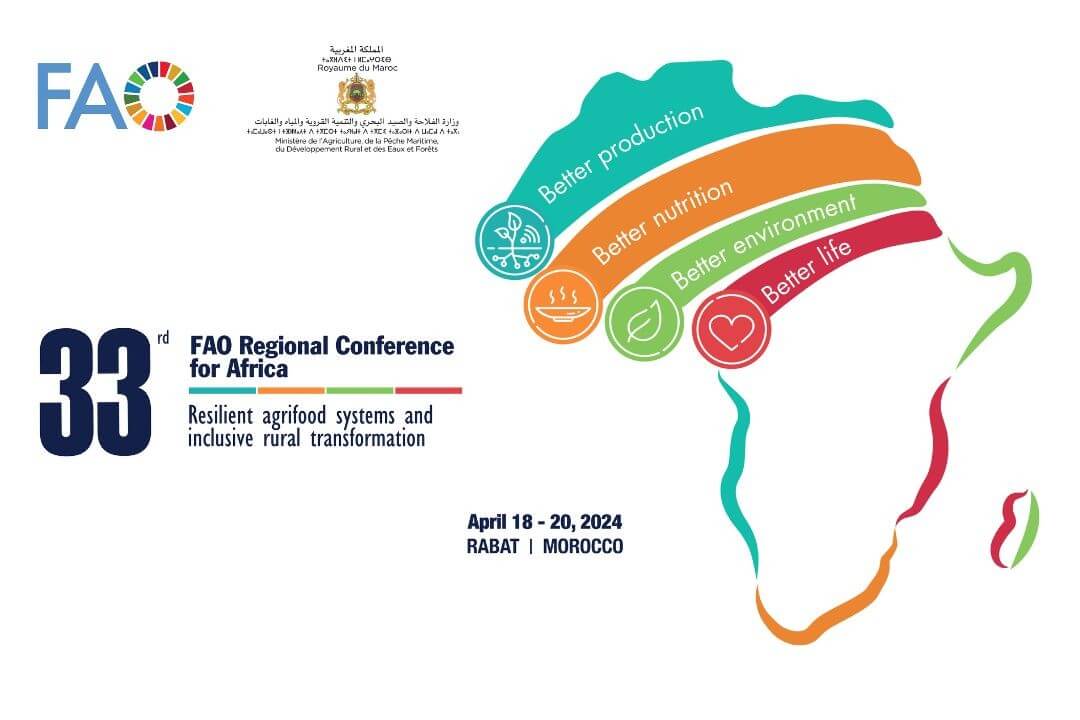
FAO warns of rising hunger levels in Africa, despite farm potential
Hunger levels in Africa are following a worrying trajectory despite the continent’s potential in terms of arable land and abundant resources, FAO chief QU Dongyu said.
The lingering impact of the Covid 19 pandemic, raging conflicts, the adverse effects of climate change and economic shocks have worsened hunger prospects in Africa, Dongyu told the 33rd FAO Regional Conference for Africa held in Rabat.
He urged concerted efforts – as part of the Maputo and Malabo Declarations- to transform Africa’s agrifood systems.
In this respect, he reiterated the call for “strategic partnerships, greater investments, and harnessing the power of digital technologies to drive efficiency and productivity in Africa’s agriculture sectors.”
Hunger rates in Africa stand at 19.7 in 2022, twice the global rate. Before the pandemic the rate was 17 and in 2012, it was lower at 14.8, he said.
About 868 million Africans, 61 percent of the population, did not have access to adequate food in 2022, and around 146 million people in 36 countries may have faced acute food security.
However, hunger rates vary enormously within Africa, with low rates in countries such as Algeria and Ghana and rates close to or even above 50 percent in others such as Madagascar and Central African Republic.
FAO has also mobilized more than $91 million from the Global Environmental Facility and the Green Climate Fund for projects in Africa.
The FAO three-day conference, held under the theme: “Resilient agri-food systems and inclusive rural transformation”, offers a major opportunity for African countries to discuss practical and concrete solutions for food security and improved agricultural production, and to define priorities with the FAO for the next two years, with the aim of achieving transformative and sustainable change in agri-food systems across the continent.